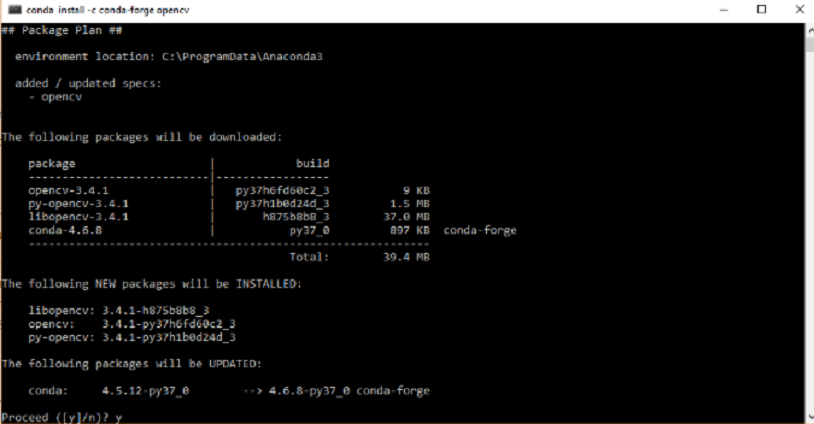


Note: When you are not using your instance, you can stop your instance to save money. Uncheck “Delete boot disk when the instance is deleted” deletion rule.Click “Management, security, disks, networking, sole tenancy” to expand and go to Disks section.

Firewall: Click the checkbox to allow both HTTP and HTTPS traffic.Keep “Identity and API access” as default.Boot disk type: Standard Persistent disk.Machine Type: select “8 vCPUs 30 GB memory, n1-standard-8 (You can increase the memory as per your need).Click “Create” to create a new VM instance with the configurations below:.Go to Compute Engine > VM instance and click “Enable billing”. In a new project, you must enable billing to use Compute Engine Service.Creating a project is simple, here’s how: In order to setup an instance, you need to select or create a project in GCP.
#How to install jupyter lab free
Refer here for more details on GCP free tier account. You can also create a free tier account here and receive $300 GCP credits to spend on Google Cloud Platform over the next 12 months. You must have an account in google cloud platform with which all the billing will be carried with it. Why Anaconda Distribution? Because, it includes Python, the Jupyter Notebook, and other commonly used packages for scientific computing and data science. We will be using Google Cloud Platform and Anaconda Distribution to perform the task. To Run Jupyter Notebook on Google Cloud Platform please check the following steps. I will guide you in an easy way to get the job done in less effort and you have to pay only when you are using it. You should have a good system configuration as well as you need to take care of the maintenance. Installing such applications in the local system can be a real slog. It supports dozens of programming languages like PHP, Ruby on Rails, Spark, Matlab and many more. The Jupyter Notebook is an open-source web application that allows you to run the live code, embed visualization and explanatory text all in one place.


 0 kommentar(er)
0 kommentar(er)
